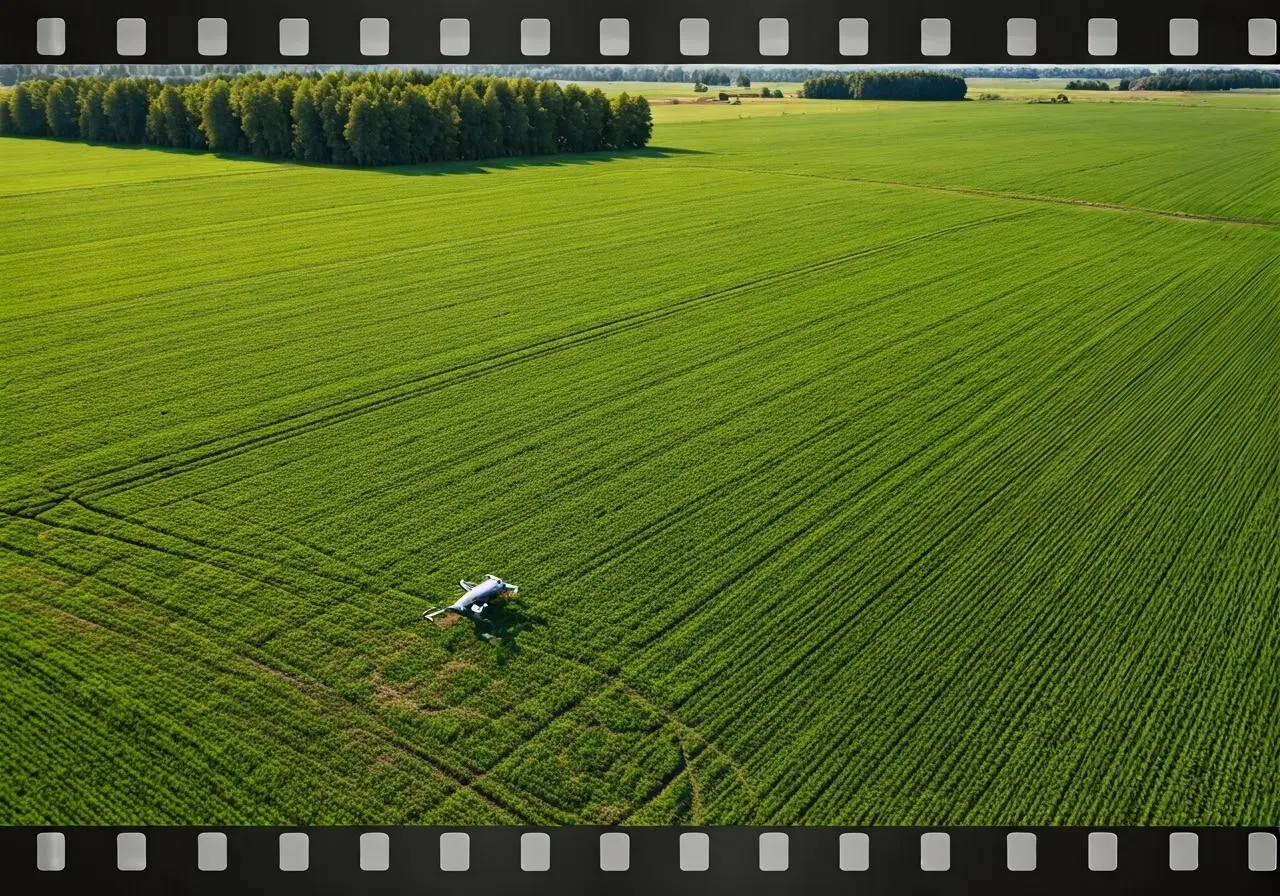
What Are Crop Analysis Drones and How Do They Benefit Farmers?
Share
In recent years, technology has revolutionized agriculture, offering innovative solutions to age-old challenges. One such technological advancement is the use of crop analysis drones. But what exactly are these drones, and how can they be advantageous for farmers? Let’s dive into the world of crop analysis drones and explore their benefits.
Understanding Crop Analysis Drones
Crop analysis drones are unmanned aerial vehicles equipped with cameras and sensors designed specifically for agricultural purposes. They capture high-resolution images and gather data that help farmers assess crop health, soil conditions, and more.
These drones utilize sophisticated technology to provide multidimensional views of agricultural fields. By flying over crops, they collect information that is not easily obtainable through traditional methods. For instance, they can identify variations in color and heat that indicate plant health or stress. This real-time data collection enables farmers to make informed decisions promptly.
Another exciting aspect of crop analysis drones is their ability to integrate with other farm technology. Data obtained from drones can be fed into management software systems that allow for detailed analysis and advanced modeling. This integration is part of a larger movement towards ‘smart farming,’ where technology works together to create more efficient agricultural processes.
How Do Drones Assist in Crop Monitoring?
With the ability to cover large areas quickly, drones can scan fields to monitor growth stages, detect diseases, and identify pest infestations. This enables farmers to take timely and informed actions to protect their crops.
Traditionally, monitoring large expanses of farmland required a significant amount of labor and time. However, with crop analysis drones, the process is far more efficient. For example, they can help detect early signs of issues such as pest infestations, which can be critical in mitigating damage. By identifying problems early on, remediation can be more targeted and less costly.
Drones are proving particularly useful in managing large-scale farms where manual monitoring would be cumbersome. They provide a bird’s eye view that covers an entire field within minutes, allowing farmers to observe patterns and anomalies. This broad perspective is valuable for understanding overall farm health and can be crucial when strategizing interventions or enhancements.
Enhancing Precision Agriculture
Crop analysis drones contribute to precision agriculture by providing data that allows farmers to optimize resource use. This includes managing water irrigation more effectively and applying fertilizers and pesticides only where needed, reducing waste and enhancing crop yields.
The role of drones in precision agriculture cannot be overstated. By applying data-driven techniques, farmers can reduce costs and increase resource efficiency. This means less water is wasted, and fields receive nutrients in a more balanced and beneficial manner. These strategies support not only the economic sustainability of farming but also its environmental impact.
Additionally, drones provide critical insights into crop variability, which is an essential aspect of precision agriculture. They assess these variabilities by evaluating the effect of soil types, drainage, and previous crop management practices. Tailoring practices based on such precise data ensures that every unit area of the farmland receives appropriate treatment, maximizing output while minimizing input.
Improving Farm Efficiency and Productivity
Drones save time and labor by automating routine monitoring tasks, allowing farmers to focus on other critical aspects of farm management. Improved efficiency often results in increased productivity and profitability.
Incorporating drones into farm management practices streamlines operations significantly. Tasks that would require large teams and many hours can now be completed by one operator in a fraction of the time. This translates into significant cost savings on labor and reduces the workload on farmers, enabling them to allocate resources towards strategic initiatives and innovation.
Moreover, drones can be pivotal in crop inventory management. By capturing and analyzing extensive data sets regarding growth and yield, they help farmers accurately predict harvest volumes. These predictions lead to better planning and logistics, ensuring resources and markets are prepared in advance. This level of preparedness directly correlates with enhanced productivity.
Promoting Sustainable Farming Practices
By optimizing the use of resources and providing precise data, drones help minimize the environmental impact of farming. They support sustainable practices that preserve soil health and reduce chemical use, beneficial for both the ecosystem and future crop production.
Sustainability in agriculture is not just a trend; it’s an essential strategy for future food security. Drones play a crucial role in this transformation by aiding in conservation agriculture. By ensuring accurate application of resources, they help maintain soil fertility and boost biodiversity, creating more resilient farms.
Furthermore, drones are integral in implementing organic farming practices by facilitating a detailed understanding of farm ecosystems. Through their comprehensive analyses, drones can highlight areas of soil erosion and nutrient depletion, guiding farmers to adopt restorative practices that revitalize the land without chemical interventions.
Embracing the Future of Farming
Crop analysis drones represent a significant leap forward in agricultural technology. By providing detailed insights and enhancing farm management, these drones not only streamline processes but also foster sustainable farming practices. Embracing drone technology can lead to a more productive future for farmers, benefiting both their business and the environment.

